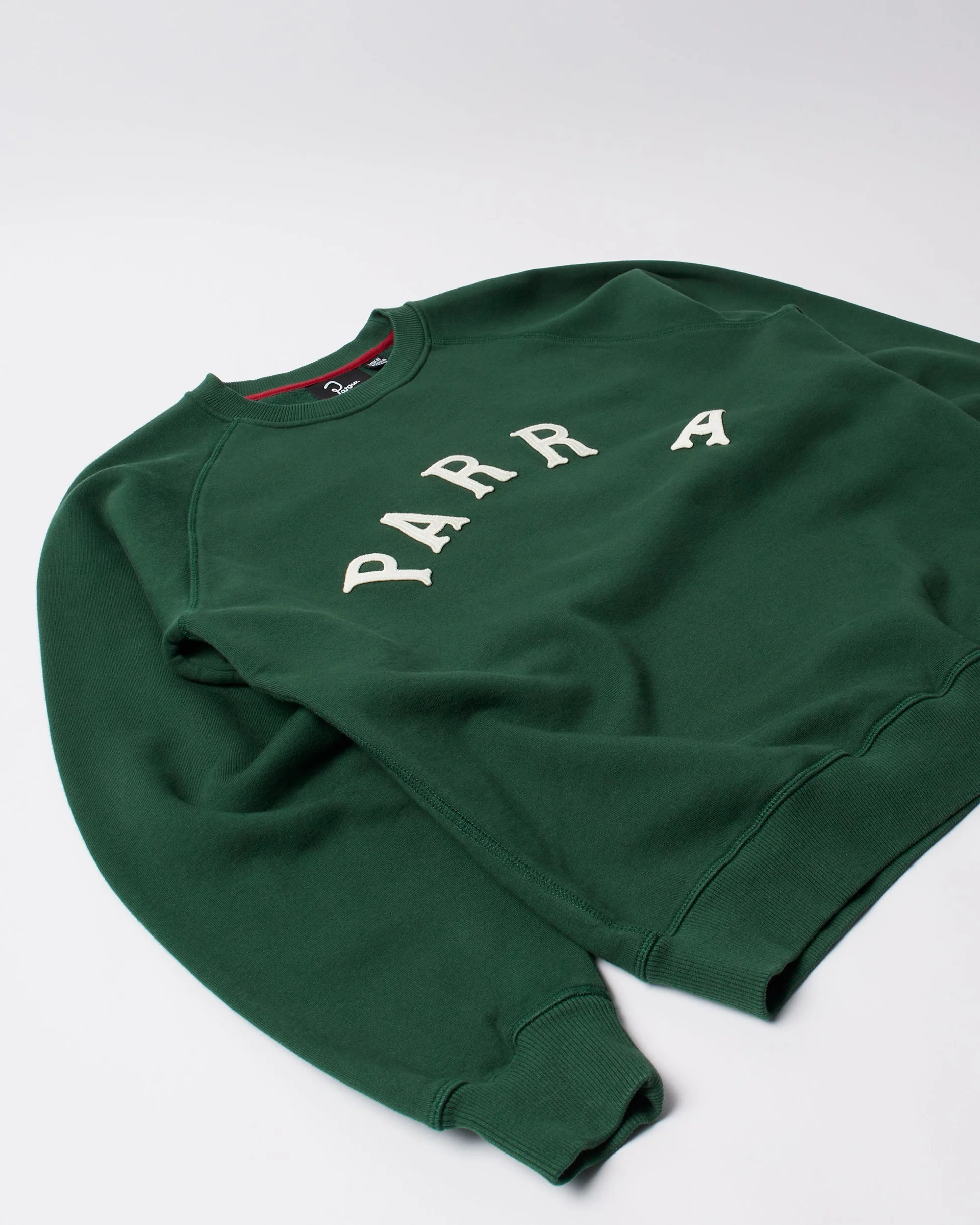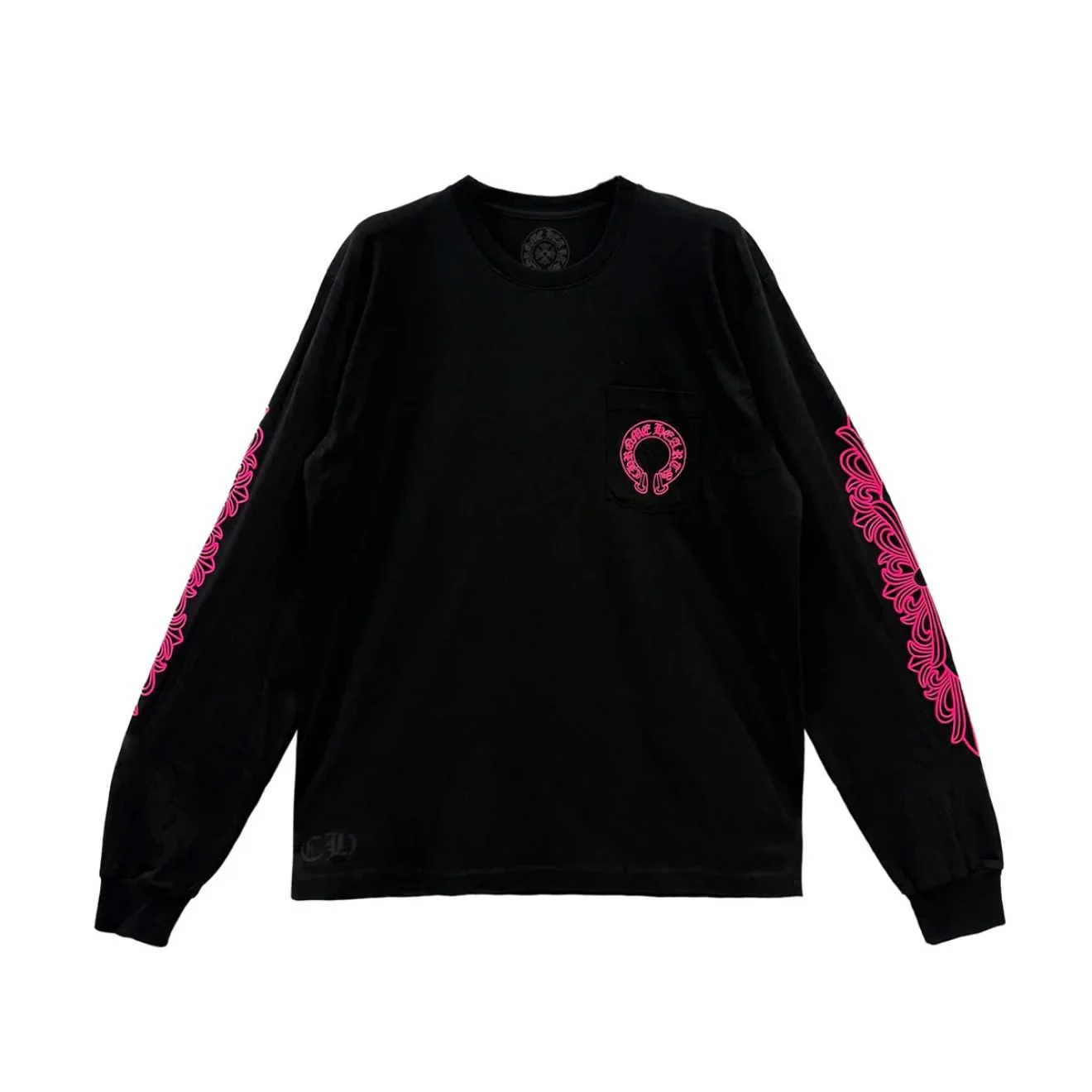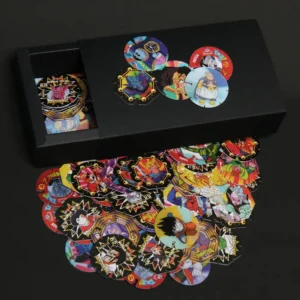At a glance, it’s just a shirt. Cotton, ink, print. A person wears it, washes it, folds it, forgets it. But the now-seized Cola Corporation t-shirt, recently intercepted by U.S. Customs and Border Protection (CBP) at O’Hare International Airport, reveals how garments—particularly those born from subcultural dissent—can become charged objects of symbolic power. This one features an image of a police officer being swarmed by bees, arms raised in panic, surrounded by yellow-and-black insurgents. Rendered in the flattened, high-contrast style of pulp comics or political pop art, the shirt—now halted at the border—is a potent metaphor in fabric form.
CBP officials first cited copyright infringement as the reason for seizure, later shifting rationale to a lack of proper country-of-origin labeling. But the shifting justifications only intensified the intrigue. Was the seizure about intellectual property, national security protocol, or—more tacitly—the politics of the image itself? In the case of Cola Corporation, a cryptic streetwear entity run by an anonymous figure known only as “Joe,” the incident is more than a procedural hiccup. It’s a high-stakes collision between fashion, satire, and state power—an unplanned performance piece at the edges of legality and expression.
Cola Corporation: Secrecy as Aesthetic, Subversion as Product
Cola Corporation doesn’t operate like most fashion brands. There’s no flagship store, no fashion week debut, no blue-checked Instagram. Its drops are limited, cryptic, and often distributed via closed Discord servers or zine-style PDFs emailed to insiders. The brand’s core identity thrives on opacity—it is both anti-corporate and aggressively elusive, branding itself with ironic nods to mass production while rejecting the machinery of commercialization.
Its garments, however, are unmistakable. The designs feature deconstructed logos, dystopian typography, and political cartoons reimagined in high-concept screen prints. One shirt riffs on the language of riot police. Another repurposes fast food branding with anti-capitalist poetry. But none are more immediately provocative than the one now under scrutiny—the bee swarm shirt.
It’s this tension—between the anonymity of the creator and the boldness of the message—that gives Cola Corporation its cult status. To own a Cola shirt is not simply to wear clothing; it’s to participate in a visual counter-narrative, to make your body a billboard for critique.
The Shirt Itself: Fabric as Satire
Visually, the shirt is an arresting composition. A uniformed officer, rendered in comic-style exaggeration, looks up in horror as bees descend upon him. The officer’s badge and checkered cap clearly mimic the standard gear of North American police departments. The bees, in contrast, swarm like chaotic justice—small, numerous, impossible to control. The image sits squarely in the realm of visual metaphor: authority panicked by the unpredictable force of the collective.
On a surface level, it’s humorous—an absurd reversal of power. But it also evokes deeper cultural tensions: policing and state violence, ecological collapse, crowd logic, the fear of mass resistance. By choosing bees as the agent of disruption, the image avoids crudeness while retaining its edge. Bees are communal, nonviolent until provoked, and essential to nature—everything modern power often fails to be.
It’s an image that provokes—not through gore or profanity, but through suggestion. In an era where satire can be policed as seriously as sedition, it’s not hard to see why such a design would raise alarms at the border.
Border Logic: Bureaucracy Versus Imagination
The justification for the seizure has shifted. Initially flagged as potential copyright infringement, CBP later stated the shirts failed to comply with labeling requirements—namely, that they lacked country-of-origin tags, a violation under U.S. import regulations. While this technicality might be accurate on paper, its invocation feels suspiciously convenient. It’s a bureaucratic catch-all—an umbrella law frequently used when a shipment raises red flags for other reasons, political or aesthetic.
In this case, the imagery itself is likely what triggered scrutiny. Customs agents are not cultural critics, but they are trained to flag materials that appear subversive, counterfeit, or suspicious. In a hyper-politicized environment where streetwear intersects with protest, iconoclasm, and identity politics, even a shirt can become suspect cargo. Especially when it features uniformed authority being symbolically overwhelmed.
For independent designers, this raises a chilling reality: your message can be stopped before it’s even worn. Creative intent means nothing to CBP. The border is not a gallery. It’s a gate. And gatekeepers prefer blandness.
Destruction as Censorship
According to CBP, the seized shipment will either be returned to sender (China) or destroyed outright. In either case, the outcome is erasure. These garments will not enter the U.S. market, not legally. And for a brand like Cola Corporation, which likely produces in ultra-limited runs with independent fabricators, the loss is not just financial—it’s symbolic annihilation.
Destruction of garments for administrative non-compliance is common, particularly in counterfeit cases. But when destruction targets artistic expression or political commentary, it begins to resemble something else: censorship by process. The system doesn’t need to prove the shirt is dangerous. It just needs to declare it “noncompliant.”
This raises questions about proportionality. Was this shirt so dangerous that it needed to be eliminated? Or does its satire simply strike a nerve? When creativity is subject to institutional paranoia, even humor becomes a threat. And when satire is destroyed without trial, we inch closer to a cultural climate where imagination is policed as if it were contraband.
The Mythology of the Seized Shirt
Ironically, the seizure has made the shirt more iconic than any campaign could have. Social media platforms have exploded with commentary, memes, and digital reinterpretations of the design. Artists have recreated it as prints. Fans have speculated on ways to reproduce the artwork through proxy sites or DIY silkscreens. The shirt, never formally sold in the U.S., has entered legend—not through retail, but through refusal.
There’s a long history of fashion items becoming iconic through censorship. In the 1990s, the FBI issued cease-and-desist letters to brands that parodied federal seals. Punk bands saw their tour shirts seized for obscenity. Even Vivienne Westwood’s earliest designs flirted with illegality. In each case, suppression only added to the mystique.
The Cola Corporation bee swarm shirt is now part of that lineage. It joins a canon of garments that say what institutions don’t want said. And in doing so, it fulfills the highest role of political streetwear: not just to be worn, but to provoke thought, reaction, and resistance.
Underground Fashion and the Perils of Visibility
This incident underscores a larger truth for independent designers: visibility is both reward and risk. Cola Corporation has spent years cultivating anonymity. But the sharper its critiques become, the more popular its designs grow, the harder it is to stay invisible. And with that visibility comes scrutiny—from customs, from social media, from algorithms trained to flag “suspicious content.”
The paradox of underground fashion is that success often triggers collapse. Once a brand like Cola gains a cult following, its releases are monitored. Its messages are interpreted. And its freedom to operate as a rogue actor becomes increasingly constrained. The bee swarm shirt, then, is not just an artistic work. It’s a cautionary tale.
Community as Archive
In the face of seizure and censorship, Cola Corporation’s fans have responded with a powerful counter-narrative: archival resistance. Images of the shirt are being saved, reshared, meme-ified. QR codes lead to PDFs with the artwork. People are printing the design at home, swapping files through encrypted folders. The seizure has only catalyzed its circulation.
This is how underground art survives—not by avoiding the system, but by outpacing it. If the border destroys a shirt, the image migrates. If one platform bans the graphic, another hosts it. Cola’s ethos, rooted in anonymity and anti-authoritarianism, is perfectly suited for this kind of decentralized afterlife. Even if the physical shirt never clears customs, its message already has.
Ideologue
The Cola Corporation shirt, seized at O’Hare and targeted for destruction, is more than an object. It is a site of conflict between bureaucracy and design, between law and satire, between state power and collective imagination. In its image—a panicked officer swarmed by bees—we glimpse something essential: the power of humor, chaos, and resistance woven into cotton.
What this incident ultimately teaches us is that fashion, even in its most ephemeral forms, still matters. It still scares people. It still says things the system would rather go unsaid. And when it’s seized, burned, or banned, it doesn’t die. It mutates. It multiplies.
The border may block packages. Customs may destroy textiles. But ideas, especially those stitched in satire and worn with conviction, always find their way back.
Free the shirt.
No comments yet.








